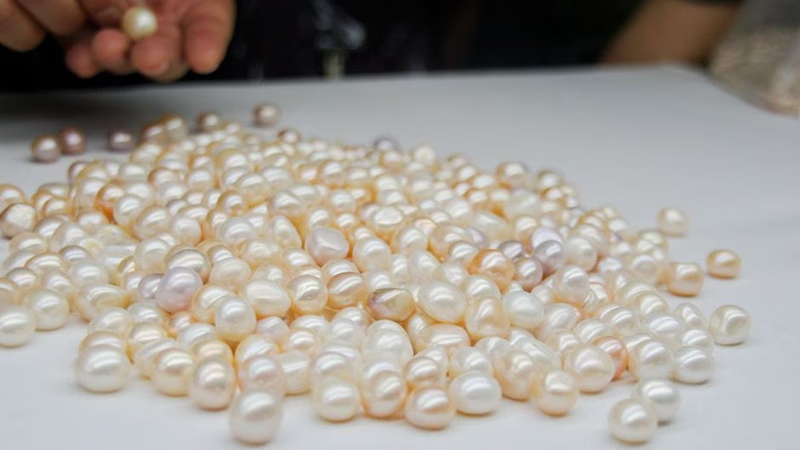
Natural pearls: unique gemstones from mollusks.
A natural pearl is a gemstone formed inside the soft tissue of a living mollusk, such as an oyster or a mussel. It is produced when an irritant, such as a grain of sand or a parasite, enters the mollusk's shell and becomes trapped within the mantle tissue. In response to this irritant, the mollusk secretes layers of nacre, a mixture of calcium carbonate and organic substances, around the foreign object. Over time, these layers build up, forming a pearl. The formation of a natural pearl is a rare occurrence and takes several years to develop. The resulting pearl has a unique shape, luster, and color, influenced by various factors such as the species of mollusk, the environment it lives in, and the specific conditions of the pearl formation.
Pearl stone is a gem from ancient times and about 6 thousand years ago, which was used as an ornament by kings and nobles. Since 2500 years ago, there was trade in a vast country like China. Having said that, in order to know what pearls are and why they are so valuable, how they are created, what types they are, and whether there is a way to distinguish genuine pearls from imitations, we invite you to the end of this article with the worship gallery. Pearls have been known since ancient times, but their origin was unknown for a long time. As it comes from different books. For a long time, it was considered to be a suitable tear and the teardrops of Venus, and some people considered it to be a material particle of dawn due to its special glow.
A pearl is a white or yellow but shiny stone that occurs in the body of some bivalve molluscs such as pearl oysters. The shape of the pearl is almost always round and spherical. But it may be found in nature in other forms such as pears or irregular shapes. Other pearl colors include burgundy, khaki, blackish gray, blue and yellow. The usual and common pearl size is often between 7 and 9.5 mm, which is considered the most popular size of this gemstone. The larger and rounder the pearl, the higher its quality, durability, value and price. Of course, its brilliance does not affect its value. Pearls that have a smooth, clean and uniform surface have a higher value and price.
In salt water, pearls are found in oysters, while in fresh water they are produced by oysters. When a foreign substance, such as a food particle, slips into a mollusk, the creature protects itself by covering the irritant with layers of crustaceans. Cord is also a material that gives shine to jewelry. Due to their rarity and the natural process of their formation, natural pearls are highly valued in the jewelry industry. However, the majority of pearls available today are cultivated or cultured pearls, which are created through a process where humans introduce an irritant into the mollusk to initiate pearl formation. These cultured pearls closely resemble natural pearls in appearance but are less expensive and more readily available.
-
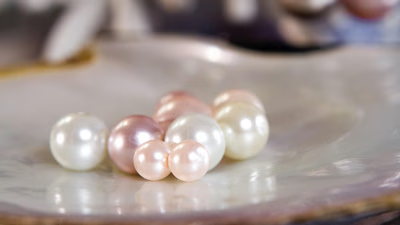
Natural pearl fishing in the Persian Gulf has a storied history, particularly around Bahrain, known for its rich oyster beds. Skilled divers employed traditional techniques to harvest oysters, facing dangers like drowning and shark attacks. This labor-intensive process involved extracting and grading pearls for local markets and international trade, significantly contributing to the region"s economy and cultural heritage. However, the rise of cultured pearls in the early 20th century, coupled with overfishing and environmental changes, led to a decline in natural pearl demand. Historically significant areas for pearl diving included "Mughas" or "Mughas al-Lulu
-
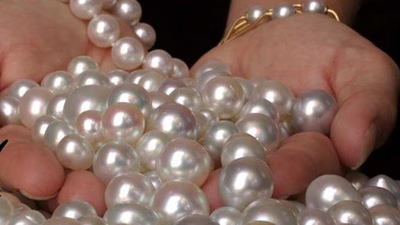
Pearls are categorized based on their cultivation methods, environments, and the mollusks that produce them. The two main types are natural and cultured pearls, with further distinctions between saltwater and freshwater varieties. Saltwater pearls, such as Akoya and South Sea pearls, are known for their high luster and larger sizes, while freshwater pearls are more abundant and come in various colors but typically have a lower shine. Akoya pearls, primarily from Japan and China, range from 2 to 10 millimeters in size and are often white or cream-colored. South Sea pearls, sourced from Australia and the Philippines, can be as large as 20 millimeters and exhibit luxurious luster in shades of white or gold. Mabe pearls have a unique shape due to their cultivation method involving a half-spherical nucleus. Conch pearls are rare gems known for their vibrant colors found in queen conch mollusks. Environmental factors like water quality and temperature significantly influence pearl characteristics, leading to variations in size, shape, and color among different types.
Tahitian pearls stand out for their dark hues cultivated in French Polynesia. Overall, the pearl industry is shaped by both natural processes and human intervention through farming techniques.
-
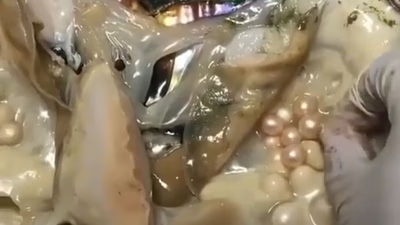
The Persian Gulf, particularly around Bahrain, has a rich history of producing some of the world"s finest natural pearls, known for their luster and unique colors. South Sea pearls from Australia, Indonesia, and the Philippines are also highly valued for their size and creamy hues. The Gulf of Mannar between India and Sri Lanka is recognized for its high-quality pearls with warm tones. Historically, the Persian Gulf"s pearl industry thrived until the early 1930s when oil discoveries shifted focus to more profitable ventures. This led to overfishing and pollution that devastated the pearl industry. Today, pearl oyster beds remain in the Persian Gulf, especially near Bahrain, where fishing has occurred for over two millennia. Despite other countries like Japan and Australia producing notable pearls, the Persian Gulf"s natural pearls are still considered among the best due to their unique environmental conditions. However, the legacy of traditional pearl diving has been largely overshadowed by industrial changes in the region. "
-
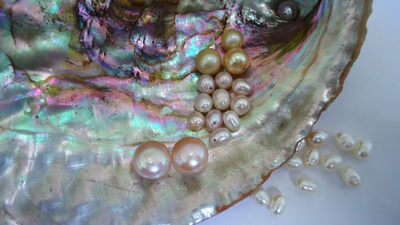
Natural pearls form organically within mollusks without human intervention, resulting from irritants like sand. They are rare and valued for their unique characteristics. Cultured pearls, on the other hand, are created through human intervention by implanting a nucleus into the mollusk, leading to nacre secretion. While they closely resemble natural pearls in appearance and are more affordable, distinguishing between the two can be challenging. Specific weight is one method of differentiation, with natural pearls typically weighing less than 2. 73. Cultured pearls exhibit luminescence under UV light, while artificial pearls are man-made from materials like glass or plastic and lack the organic qualities of natural or cultured varieties. The rise of artificial pearl production in China has significantly impacted the natural pearl industry in regions like the Persian Gulf. Understanding these differences is crucial for consumers and traders in the pearl market.
-
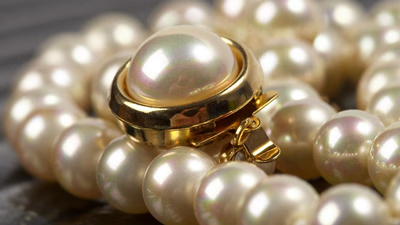
The price of pearls is influenced by several key factors including type, size, shape, luster, color, surface quality, and origin. Natural pearls and rare varieties like conch or Tahitian pearls are more valuable due to their scarcity. Larger pearls are generally more expensive, with significant price increases for larger sizes. Round pearls are the most sought after for their symmetry, while other shapes like baroque are less valuable. Luster plays a crucial role; pearls with high luster reflect light better and command higher prices. Freshwater pearls are typically less expensive than Akoya or Tahitian varieties. The South Sea pearl is the most expensive type, with prices ranging from $1,000 to over $100,000 based on size and quality. The origin of the pearl also affects its value; those from renowned regions like the Persian Gulf or South Sea are often priced higher due to their reputation.
Market demand and trends can further influence prices as consumer preferences shift. Overall, the value of a pearl is determined by a combination of these factors.
-

Natural pearls are gemstones formed within mollusks, such as oysters and mussels, when an irritant becomes trapped in their soft tissue. The mollusk secretes layers of nacre around the irritant, resulting in a pearl over several years. Factors like the species of mollusk and environmental conditions influence the pearl"s shape, luster, and color. Historically valued for their beauty, pearls have been traded for thousands of years, particularly in regions like China. They can vary in color from white to blackish gray and come in various shapes, with round pearls being the most sought after. The size of pearls typically ranges from 7 to 9. 5 mm, with larger and smoother specimens commanding higher prices. While natural pearls are rare and highly valued in jewelry, most pearls on the market today are cultured, created through human intervention to initiate pearl formation.
Cultured pearls resemble natural ones but are more affordable and widely available. "






